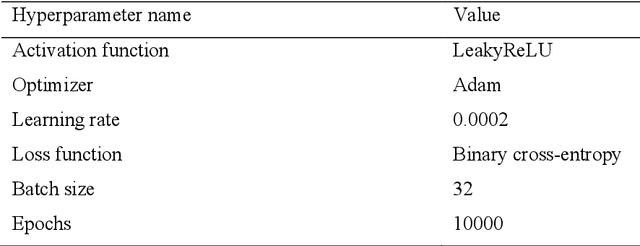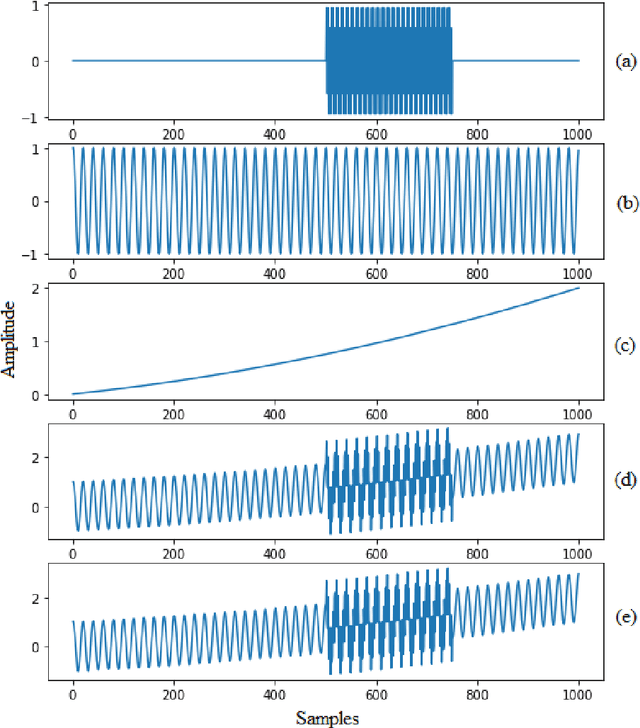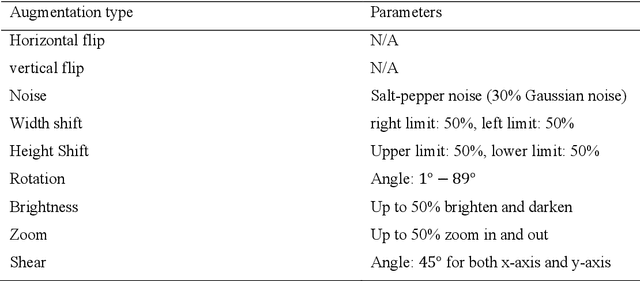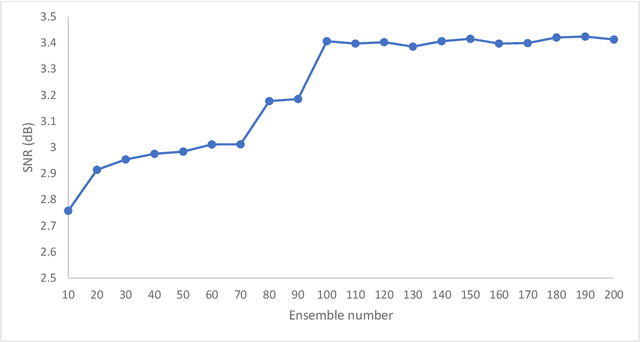Ngui Wai Keng
Ensemble Augmentation for Deep Neural Networks Using 1-D Time Series Vibration Data
Aug 06, 2021



Abstract:Time-series data are one of the fundamental types of raw data representation used in data-driven techniques. In machine condition monitoring, time-series vibration data are overly used in data mining for deep neural networks. Typically, vibration data is converted into images for classification using Deep Neural Networks (DNNs), and scalograms are the most effective form of image representation. However, the DNN classifiers require huge labeled training samples to reach their optimum performance. So, many forms of data augmentation techniques are applied to the classifiers to compensate for the lack of training samples. However, the scalograms are graphical representations where the existing augmentation techniques suffer because they either change the graphical meaning or have too much noise in the samples that change the physical meaning. In this study, a data augmentation technique named ensemble augmentation is proposed to overcome this limitation. This augmentation method uses the power of white noise added in ensembles to the original samples to generate real-like samples. After averaging the signal with ensembles, a new signal is obtained that contains the characteristics of the original signal. The parameters for the ensemble augmentation are validated using a simulated signal. The proposed method is evaluated using 10 class bearing vibration data using three state-of-the-art Transfer Learning (TL) models, namely, Inception-V3, MobileNet-V2, and ResNet50. Augmented samples are generated in two increments: the first increment generates the same number of fake samples as the training samples, and in the second increment, the number of samples is increased gradually. The outputs from the proposed method are compared with no augmentation, augmentations using deep convolution generative adversarial network (DCGAN), and several geometric transformation-based augmentations...
 Add to Chrome
Add to Chrome Add to Firefox
Add to Firefox Add to Edge
Add to Edge